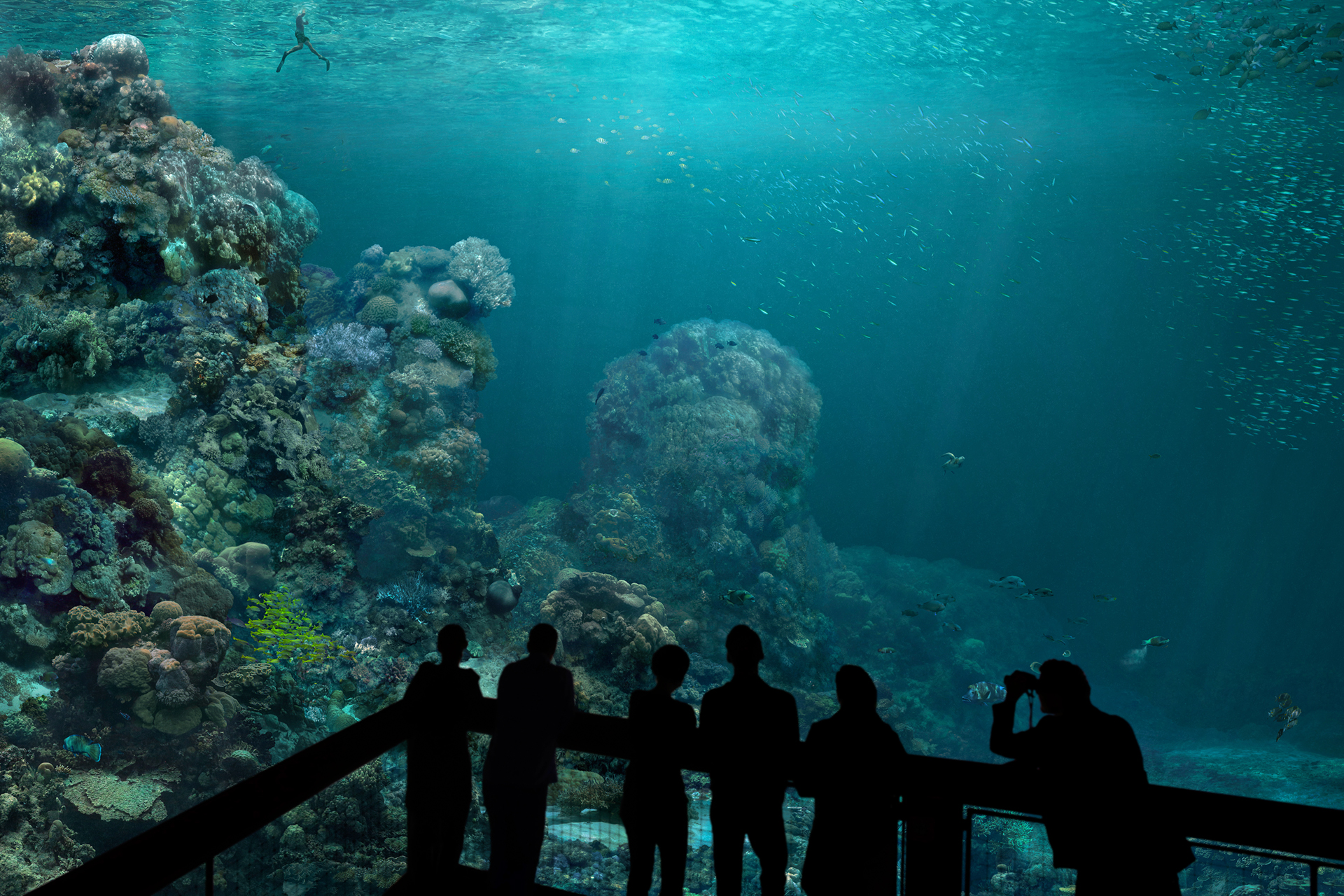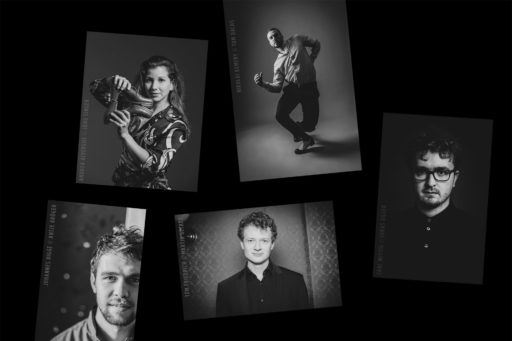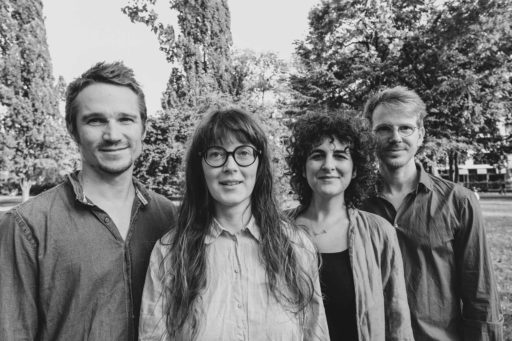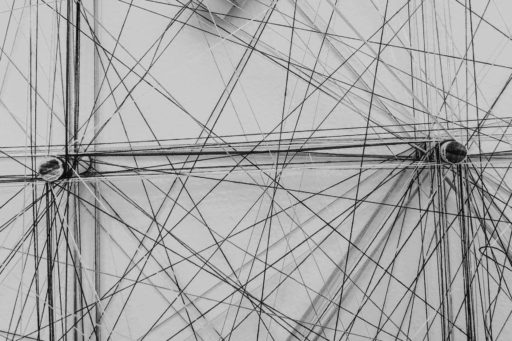Great Barrier Reef

The new 360° panorama by Yadegar Asisi in the Panometer Leipzig.
The panorama of the coral reef off the coast of Australia joins the series of nature panoramas by Yadegar Asisi. It presents the unique underwater world of the coral reef in all its fragile beauty and complexity.
Discovered by James Cook in 1770, the Great Barrier Reef, with its approximately 360 species of stony coral, forms the largest structure on earth created by living creatures. It provides habitat for a multitude of other species: among others, it is home to 80 soft corals and sea feathers, over 1,500 species of fish, 1,500 sponges, 5,000 species of mollusks, 800 species of echinoderms such as starfish, 500 different seaweeds and 215 species of birds. Six of the world's seven species of sea turtles are found in the Great Barrier Reef. Like the sea turtles, the manatees living there are threatened with extinction. In addition to other whale species found there, the humpback whales living near Antarctica use the warm waters of the reef to give birth to their young.
The artist Asisi made several trips to the underwater world of tens of corals, clownfish, pincerfish, lionfish, sea turtles, starfish, etc. in the turquoise Pacific Ocean off the northeast coast of Australia to conduct underwater research for the giant circular image of the coral reef.
The viewer's vantage point is underwater. In a riot of color in all shades of blue, azure and green, the fascinating refraction of sunlight in the water plays a supporting role, immersing the submarine magic world of corals and marine life in brilliant shades of yellow, red and pink. In its condensation, the panorama creates an idealized space that could not be seen in nature in its entirety and at the same time. Ultimately, the artifice of exaggeration enables an optimized perception of the coral reef. The panorama's richness of color and detail also points to the uniqueness of creation and at the same time raises awareness for its preservation.




















